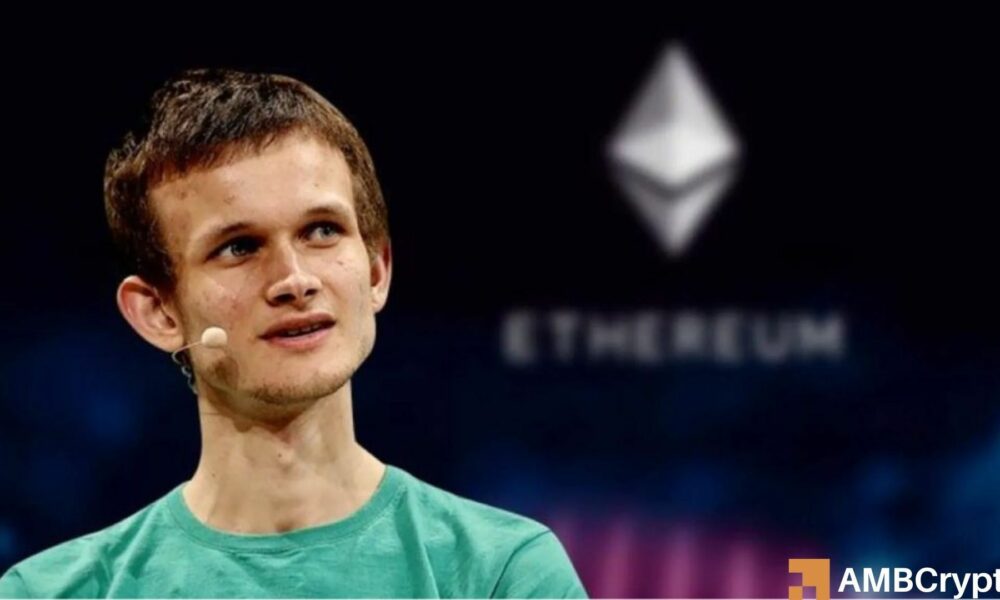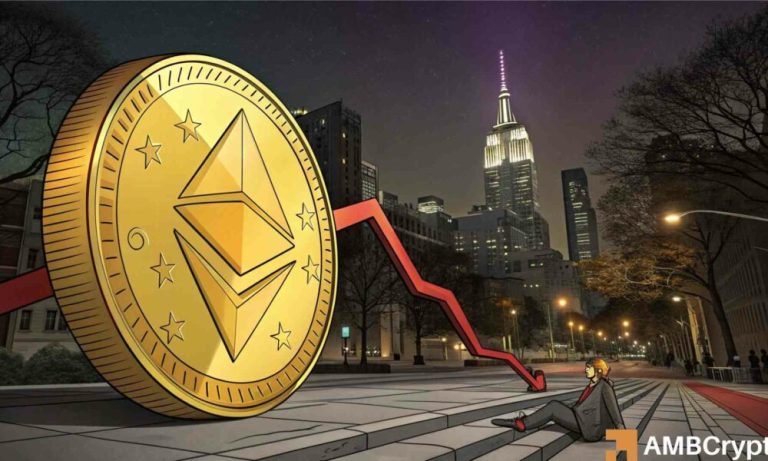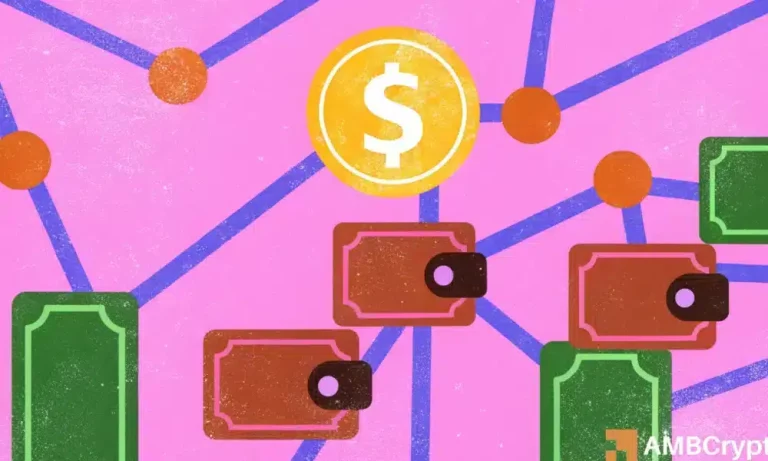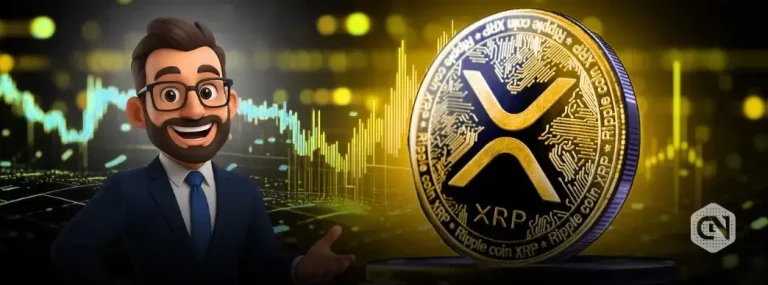
The world of cryptocurrency never sleeps, especially when it comes to the significant technological advancements of Ethereum. Vitalik Buterin, Ethereum’s visionary co-founder, has unveiled an exciting roadmap for 2026, which includes a targeted 5x gas limit increase, along with upgrades aimed at optimizing network efficiency. As Ethereum continues to solidify its position as a leader in blockchain technology, these updates promise to revolutionize how transactions are conducted and reduce costs for users.
Scaling Up: What Does a 5x Gas Limit Increase Mean?
For those unfamiliar with blockchain mechanics, a gas limit increase enables a higher number of transactions to be processed per second. Ethereum, which currently operates at a gas limit of 60 million gas per block as of November 2025, is poised to double its efficiency compared to previous years. This significant increase will improve throughput, reduce Layer 2 (L2) fees, and enhance the Ethereum ecosystem for developers and users alike.
However, to maintain the balance between scalability and efficiency, Ethereum plans to impose higher fees for inefficient operations. This strategic move ensures that the blockchain avoids overloading nodes with increased data storage demands, creating a more sustainable future for the network.
Highlighting the Key Upgrades in Ethereum’s Evolution
The upcoming Fusaka upgrade, set to launch in December 2025, is part of Ethereum’s continuous evolution to remain competitive with Layer 1 chains such as Solana. This upgrade focuses on increasing block gas limits while reducing node operation demands. Additionally, it builds on the success of 2025’s Pectra upgrade, which enhanced validator activity, improved wallet user experiences, and significantly lowered transaction costs.
Vitalik Buterin’s forecasting for 2026 also touches on implementing “targeted efficiency upgrades,” continuing Ethereum’s aggressive scaling approach. The goal? To further close the gap with Solana, which has garnered attention for its lower transaction fees and faster processing speeds. While Solana still holds the edge as the cheapest option, with transaction fees as low as $0.0022, Ethereum’s advancements have drastically reduced its own fees to $0.31, showcasing the impact of its recent upgrades.
Why Ethereum’s Aggressive Scaling Matters
Ethereum remains the go-to blockchain for institutional investors due to its decentralized and battle-tested nature. While Solana has positioned itself as the faster and cheaper alternative, Ethereum’s consistent adaptation and forward-thinking approach have significantly reduced the cost gap. For instance, back in 2024, Ethereum’s average transaction fee was cut in half to around $5—today it’s a mere fraction of that.
2026 promises to be another pivotal year as Ethereum continues to implement innovations that cater to both retail and institutional users. With each upgrade, the blockchain becomes more efficient, accessible, and competitive, ensuring its dominance in the ever-evolving cryptocurrency landscape.
Take Advantage of Ethereum’s Innovations
As Ethereum revolutionizes blockchain technology, it’s an excellent time to explore ways to capitalize on this innovation. If you’re a cryptocurrency enthusiast or investor, consider using tools like the Ledger Nano X, a secure hardware wallet for Ethereum and other cryptocurrencies. This device allows you to safely store your assets while taking advantage of Ethereum’s cost-effective transaction fees and enhanced scalability.
Stay tuned for more updates as Ethereum’s roadmap unfolds and reshapes the industry.



